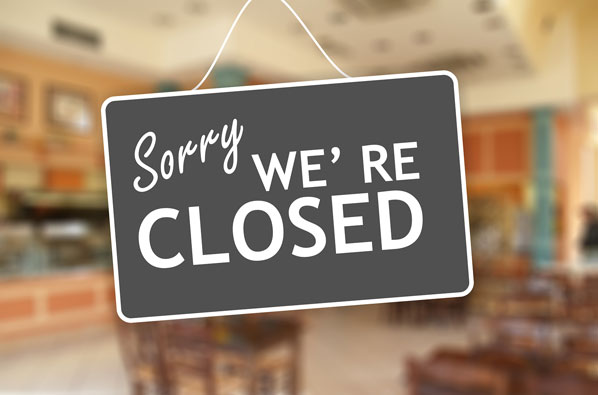
Your customers are the ones that shape your growth, define your offerings, and pay the bills. But are you getting the customer experience wrong?
Steve Jobs said 20 years ago, “You’ve got to start with the customer experience and work backward to the technology. You can’t start with the technology and then try to figure out how to sell it.”
Yet, to this day, most companies don’t adhere to this philosophy. In addition, many organizations struggle to tackle the challenge, because they don’t effectively identify their true problem.
What do these statements have in common?
“We’ve got great services, but our customers don’t see it.”
“Our product is fantastic – customers just don’t appreciate it.”
“We have an amazing offering – we just need to find customers!”
It’s often one of two distinct things:
ONE – Your customers actually don’t know what you offer or why it’s important to them.
This is an awareness and communications issue. Either you’re not utilizing the right channels to connect with your audience and/or your message is confusing, cluttered, or just plain sending the wrong signal. For example, if you’re promoting your new widget, are you talking solely about the features and benefits of the product, or framing it around how it solves your customers’ problems? Are you promoting your new technology to millennials through print ads in the newspaper? You get the idea.
Your organization must have a true communications strategy (NOT just a tactical plan), on how you’ll reach your customer and engage them in a way that’s centered on their pain points, problems and areas of interest. It’s not about your offering, it’s about their needs.
TWO – Your offering doesn’t resonate with customers.
This is most often because your product isn’t fixing the critical things your customer needs to solve. For example, you might offer a new solution that addresses problem X for the customer but doesn’t address problem Y or Z. Or the solution to problem X requires more than just your product to fix.
Alternatively, the other end of the customer experience continuum can also have a negative impact. For example, customers might love your product but hate your billing process, your customer support, or even the process to fulfill a warranty claim. Your offering is never simply the product or service by itself, but rather the comprehensive experience in finding, purchasing, installing, supporting, and maintaining it.
In short, you can’t solve a product problem with communications and awareness efforts. And you can’t solve a communications problem by simply adding more product features.
If you are actively engaging with your customers, you’ll be able to identify what your true problem is and address it effectively.
About the Author
 Andrea Belk Olson has a 20-year, field-tested background that provides unique, applicable approaches to creating more customer-centric organizations. A 4-time ADDY® award-winner, she began her career at a tech start-up and led the strategic marketing efforts at two global industrial manufacturers. In addition to writing, consulting and coaching, Andrea speaks to leaders and industry organizations around the world on how to craft effective customer-facing operational strategies to discover new sources of revenues and savings.
Andrea Belk Olson has a 20-year, field-tested background that provides unique, applicable approaches to creating more customer-centric organizations. A 4-time ADDY® award-winner, she began her career at a tech start-up and led the strategic marketing efforts at two global industrial manufacturers. In addition to writing, consulting and coaching, Andrea speaks to leaders and industry organizations around the world on how to craft effective customer-facing operational strategies to discover new sources of revenues and savings.




